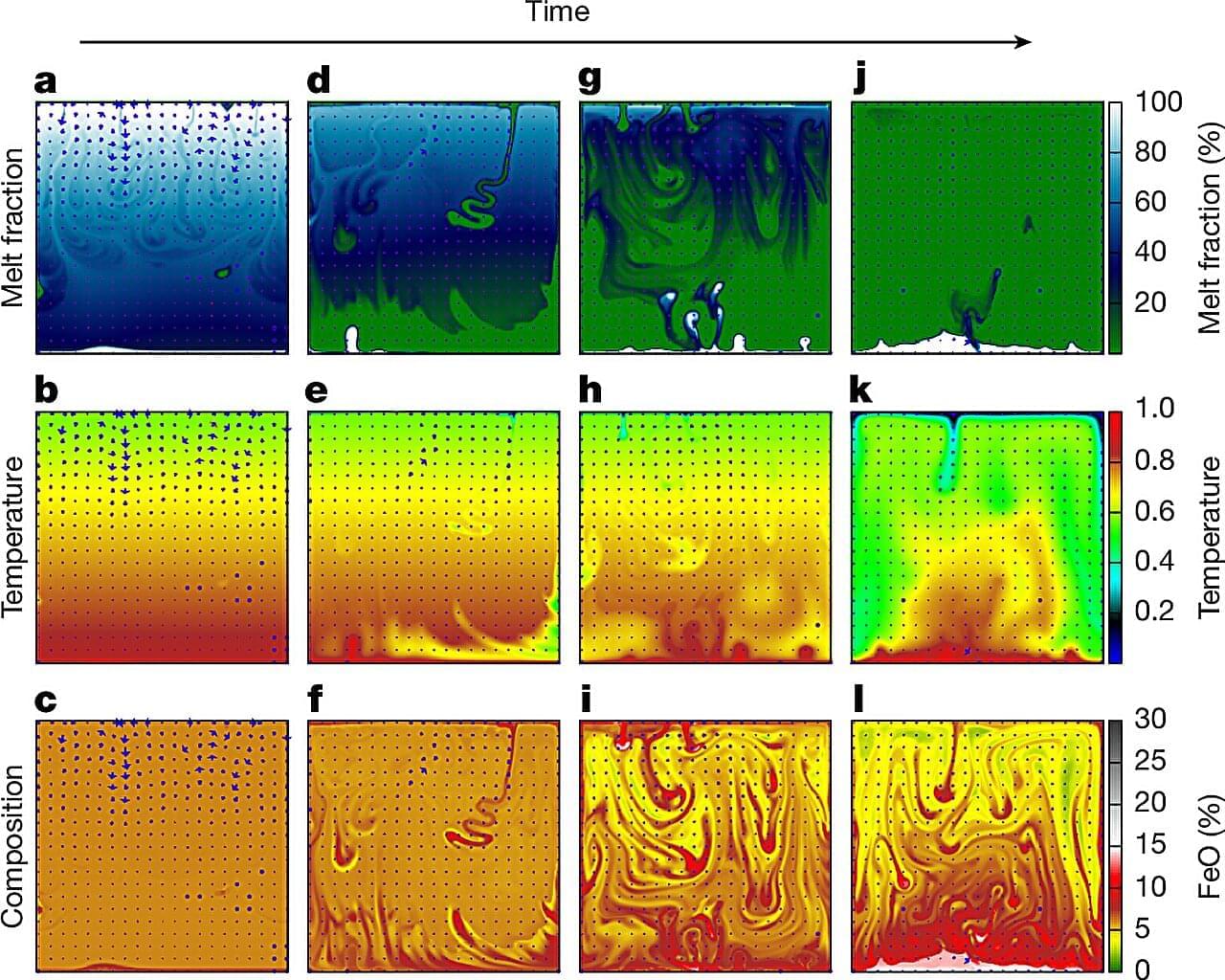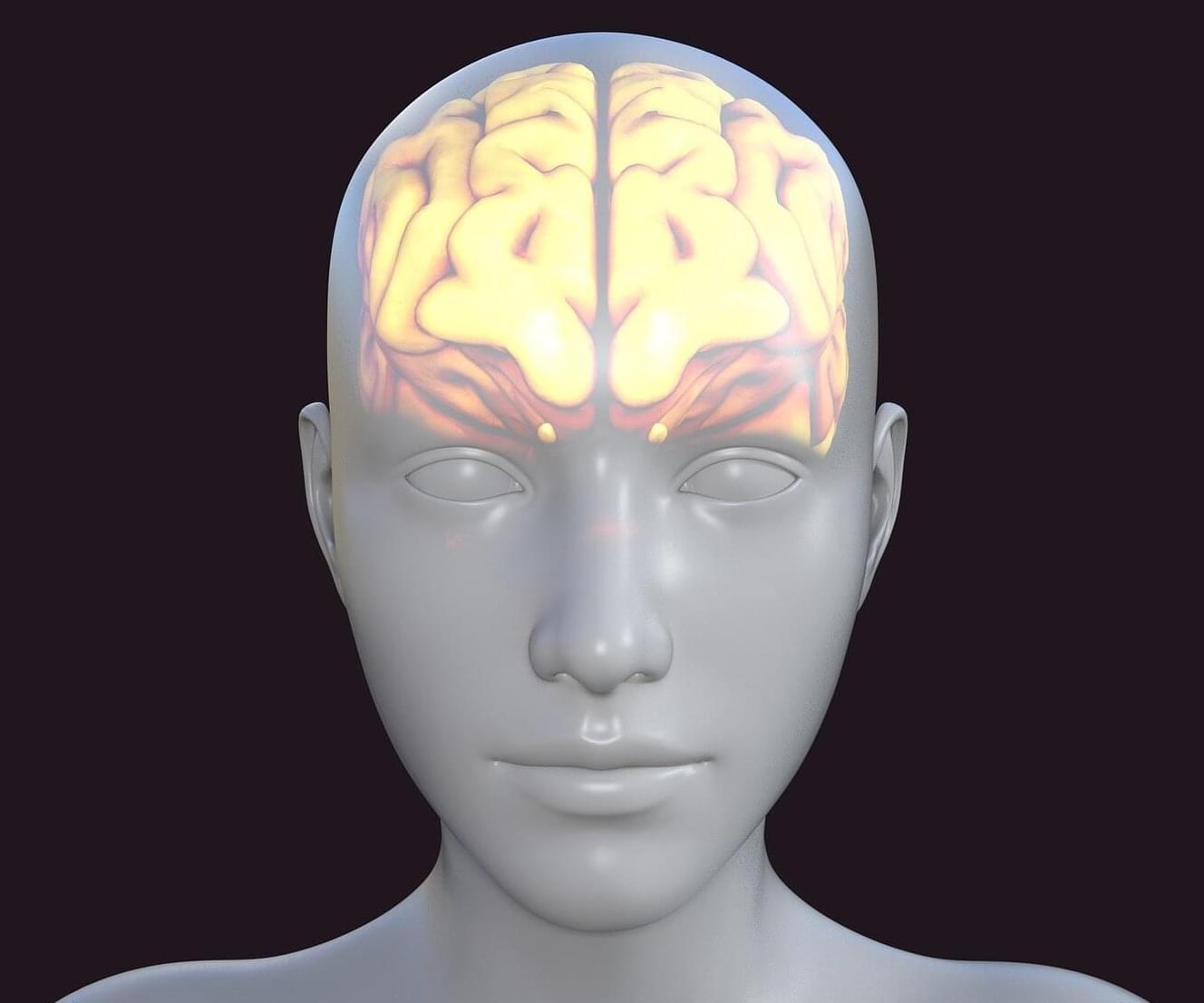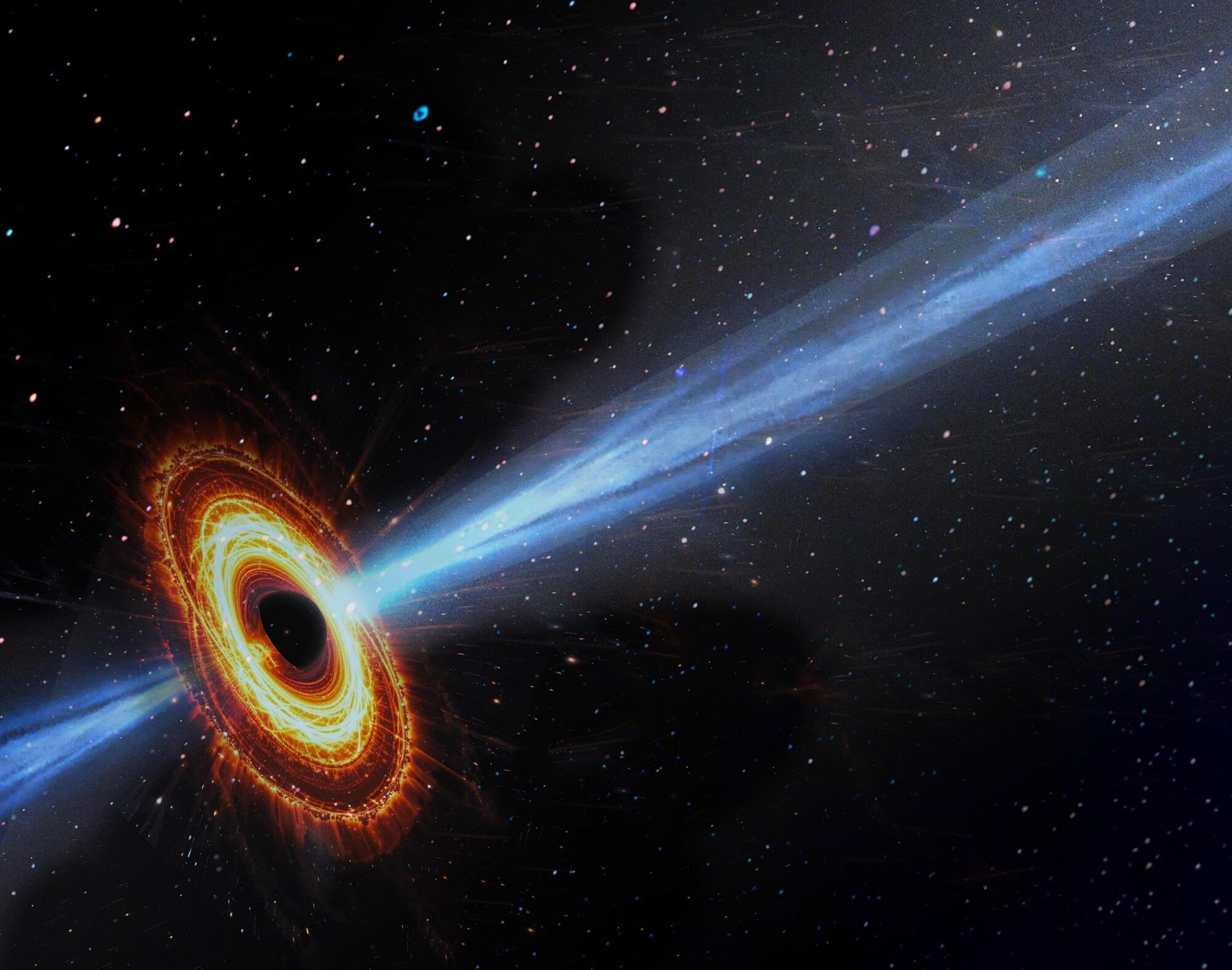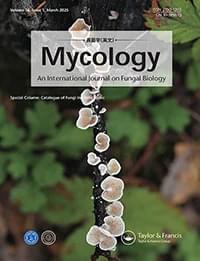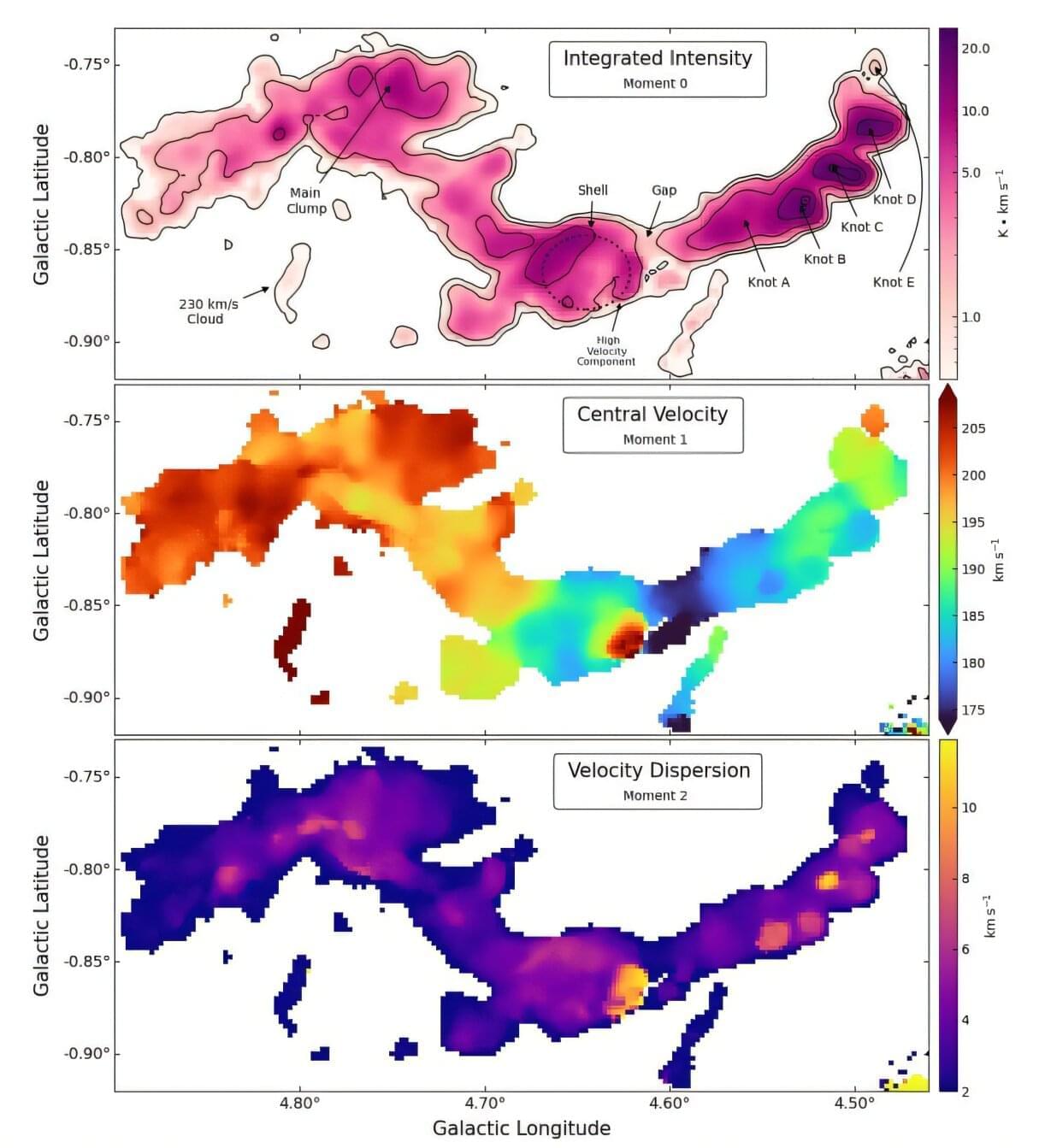Suppose for clarification that we adopt time as that fourth dimension. Consider how the figure could be constructed in xyzt-space. The accompanying illustration (“Time evolution…”) shows one useful evolution of the figure. At t = 0 the wall sprouts from a bud somewhere near the “intersection” point. After the figure has grown for a while, the earliest section of the wall begins to recede, disappearing like the Cheshire Cat but leaving its ever-expanding smile behind. By the time the growth front gets to where the bud had been, there is nothing there to intersect and the growth completes without piercing existing structure. The 4-figure as defined cannot exist in 3-space but is easily understood in 4-space. [ 4 ]
More formally, the Klein bottle is the quotient space described as the square [0,1] × [0,1] with sides identified by the relations (0, y) ~ (1, y) for 0 ≤ y ≤ 1 and (x, 0) ~ (1 − x, 1) for 0 ≤ x ≤ 1.
